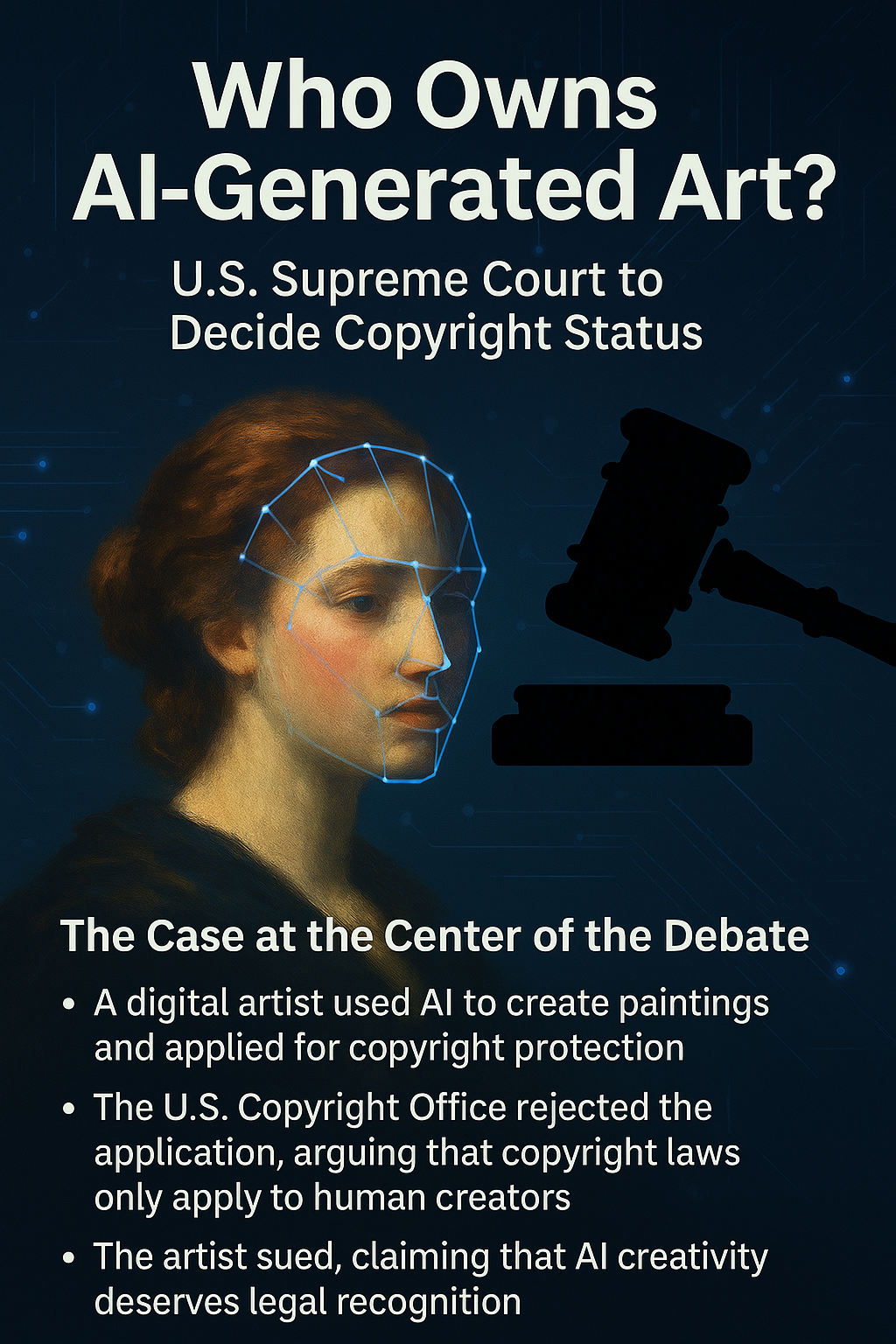Trademark Class 2: Paints
Trademark Class 2: Paints
What is Trademark Class 2?
Trademark classification organizes goods and services into classes for registration purposes. Class 2 broadly covers paints, varnishes, lacquers, and related products used for protecting or decorating surfaces.
Scope of Class 2
Class 2 includes:
Paints: Decorative or protective coatings applied to surfaces (wood, metal, walls, etc.).
Varnishes: Transparent protective finishes.
Lacquers: Glossy coatings, often for furniture or vehicles.
Preservatives against rust and against deterioration of wood.
Colorants and dyes used for paints.
Printing inks.
The primary function of Class 2 products is surface treatment, protection, or decoration.
Importance of Class 2 in Trademark Registration
Products in Class 2 are widely sold in hardware, construction, and manufacturing sectors.
Registering a trademark in Class 2 protects the brand identity of manufacturers and sellers of paints and coatings.
Prevents other parties from using confusingly similar marks in the same category, avoiding consumer deception.
Key Issues in Class 2 Trademark Cases
Similarity of Marks: Are two marks confusingly similar to cause consumer confusion?
Distinctiveness: Is the mark distinctive enough to be recognized as a source indicator?
Functionality: Marks that describe the quality or purpose (like “Shiny Paint”) might be refused due to lack of distinctiveness.
Use in Commerce: Continuous use and reputation in the paint industry support stronger trademark claims.
Case Law Related to Trademark Class 2 (Paints)
Case Example 1: Dispute over Similar Paint Brand Names
Facts: Two paint manufacturers used similar sounding trademarks for their paint products.
Issue: Whether the later user infringed upon the earlier user’s trademark by using a mark that was confusingly similar.
Decision: The court examined whether the average consumer would be misled into thinking both products came from the same source, considering packaging, marketing channels, and reputation.
Outcome: If confusion likely, the later mark was held infringing and restrained.
Case Example 2: Claim of Passing Off in Paint Industry
Facts: A company with an established paint brand sued another for passing off after the latter launched a paint product with a deceptively similar name and packaging.
Issue: Whether the defendant’s use of similar mark amounted to passing off, causing damage to plaintiff’s goodwill.
Decision: Since the plaintiff showed reputation and likelihood of confusion, the court granted relief against the defendant.
Significance: Reinforced that protection extends beyond registration to actual goodwill built in the paint market.
Practical Considerations for Paint Industry Trademarks
Distinctive Branding: Use unique names, logos, or device marks that clearly distinguish your paint products.
Avoid Generic Terms: Terms like “paint” or “color” alone are weak marks; combining them with invented or fanciful words strengthens protection.
Monitor Market: Watch for new entrants using similar marks to enforce rights early.
Packaging and Labeling: Distinctive packaging designs also help avoid confusion.
Summary Table
| Aspect | Details |
|---|---|
| Goods Included | Paints, varnishes, lacquers, rust preservatives |
| Purpose | Protection, decoration, surface coating |
| Key Trademark Issues | Similarity, distinctiveness, functionality, use |
| Common Disputes | Confusingly similar marks, passing off |
| Case Focus | Consumer confusion, reputation, and goodwill |
Conclusion
Trademark Class 2 plays a vital role in protecting brands in the paint and surface treatment industry. Legal disputes often revolve around whether marks are confusingly similar and whether a company’s reputation has been damaged by unfair use. Strong distinctive marks and early enforcement are key to securing exclusive rights.







0 comments